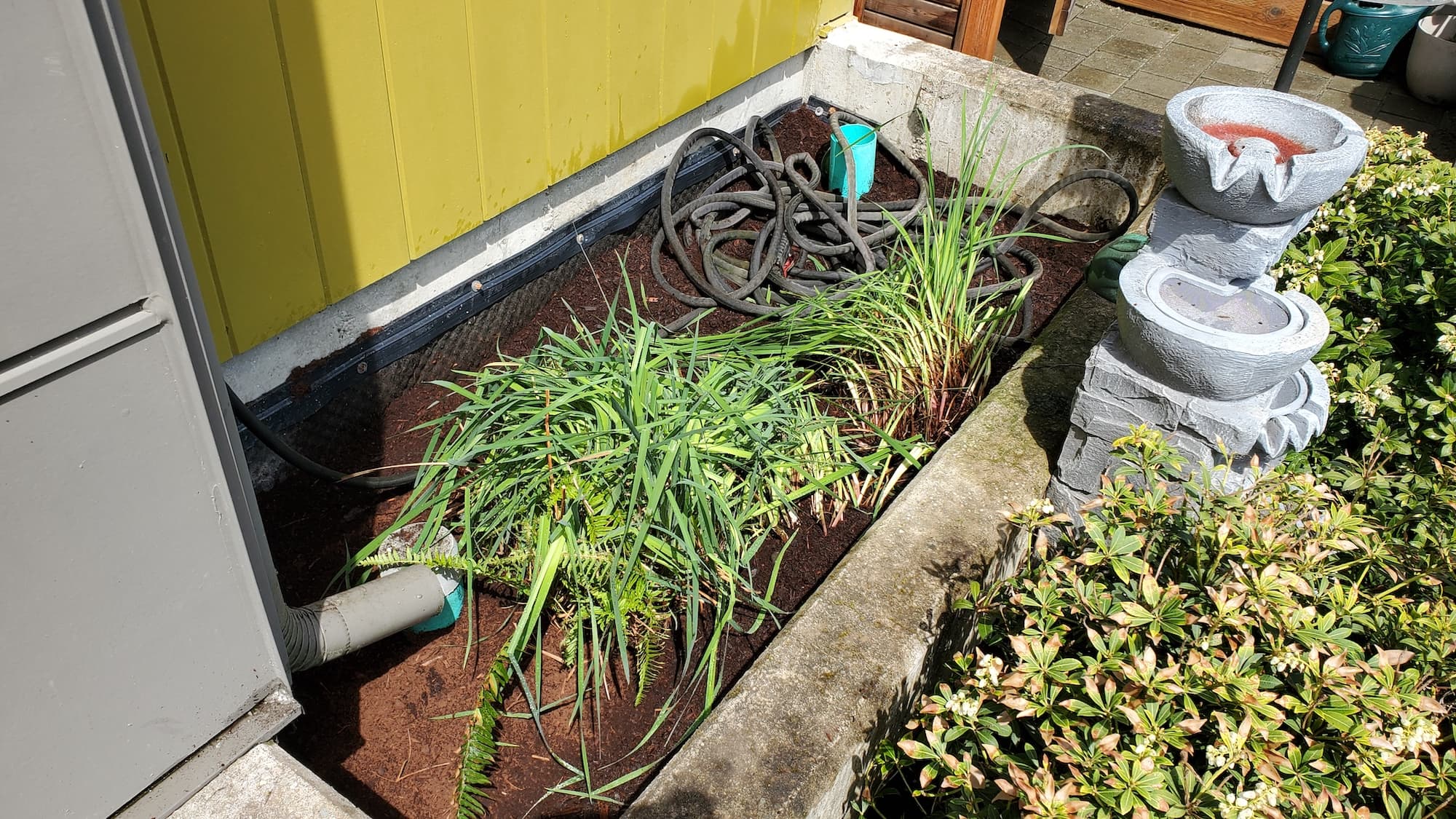West Seattle Hospital grounds shrub trimming
Homeowner’s Issue
Hospital and institutional grounds in West Seattle face a set of repeat problems: compacted fill soils in older lots, heavy winter rain that compacts beds and encourages moss, and wind or salt spray on sites near Alki that stresses coastal shrubs. Shrubs left to overgrow create blind corners on walkways, block signage and exterior lighting, and trap moisture against building foundations — all problems hospitals can’t have. Soil tends toward a dense loam with pockets of clay in low areas, so roots stay shallow and plants can appear healthy above ground while struggling below.
Seasonal cycles matter here: heavy pruning in wet months creates soggy wounds and increases rot risk, while late-spring trimming can disturb nesting birds. Ivy and English laurel are common invasives on slopes near Lincoln Park and make beds high-maintenance. City rules and hospital accessibility standards push for clear sightlines and safe ADA routes, so work needs to balance aggressive shaping with plant health and year-round appearance. We tailor pruning windows, avoid herbicides, and favor native shrubs (salal, Oregon grape) or structured evergreen forms to reduce maintenance while keeping beds tidy and welcoming for patients, staff, and visitors.
Our Quality Service
We come in with the right tools: hand pruners, loppers, battery hedge trimmers, pole pruners, and a chipper for big cuttings. We assess species, soil compaction, and drainage, then prune for structure, visibility, and long-term health. Typical jobs on hospital grounds run from a half-day for a small wing to multiple phased visits for larger campuses; most standard zones are completed in 2–3 weeks when staged to avoid disruption.
Local insight: West Seattle’s rainy season means we schedule heavier pruning in late summer and early fall, reserve structural cuts for late winter, and avoid major cuts during nesting season. We use compost, mulch, and organic soil amendments to improve root zones and never apply herbicides — only mechanical removal and organic weed control. Benefits: safer paths, consistent curb appeal, lower maintenance demands, and results that last.
What’s Included
- Site assessment and pruning plan tied to hospital access points
- Trimming, shaping, and selective thinning for sightlines and signage visibility
- Clearance of walkways, lights, and security cameras
- Edging around shrub beds and pathways
- Debris chipping on-site; green waste haul-away or municipal green bin option
- Final sweep and tidy, with chip-and-haul or chip-to-mulch recycling
Options / upgrades:
- Mulch + weed fabric (organic-friendly fabrics) for weed suppression
- Native replanting (salal, Oregon grape, sword fern)
- Ivy and invasive removal with manual/root-extraction
- Soil aeration and compost top-dressing
- Irrigation check and drip-line tuning
Before & After / Expectations
Expect noise (trimmers, chipper) and visible piles of cuttings during the job; we stage work to avoid blocking main entrances and keep emergency access clear. Large projects may require phased visits so hospital operations aren’t interrupted. Most standard trimming visits leave the site broom-clean the same day; chips are hauled unless you prefer them as mulch.
Care tips for West Seattle conditions:
- Refresh 2–3” of mulch in fall to suppress winter weeds and protect roots.
- Watch for moss on compacted beds; improve drainage and top-dress with compost.
- Ivy and English laurel need repeated manual pulls over 2–3 seasons for removal.
- Avoid heavy pruning during Nov–Jan bad-weather windows; aim for late summer or late winter for structural work.
FAQs
Q: How often should hospital shrubs be trimmed?
A: High-visibility zones: 3–4 times/year; general beds: twice/year. Ivy removal requires repeat visits over seasons.Q: Do you use herbicides?
A: No. We use mechanical removal, hand-pulling, and organic weed-control methods only.Q: Will work disrupt hospital access?
A: We coordinate staging, keep main walkways clear, and schedule noisy work during lower-traffic windows.Q: How fast can you start?
A: For West Seattle sites we often schedule initial assessments within 7–10 days; emergency tidy-ups can be faster.
Call to Action
If you manage grounds in West Seattle and need dependable, sustainable shrub work that keeps sightlines clear and beds low-maintenance, book a free estimate. Fast scheduling, local experience, and practical solutions for Alki, Lincoln Park, and the Admiral/High Point corridors.
Email: neatandtidyseattle@gmail.com
Phone: 206-538-9344
Ready for a tidy, safe hospital exterior without herbicides? Send photos or site plans and we’ll reply with a clear plan and estimate.










